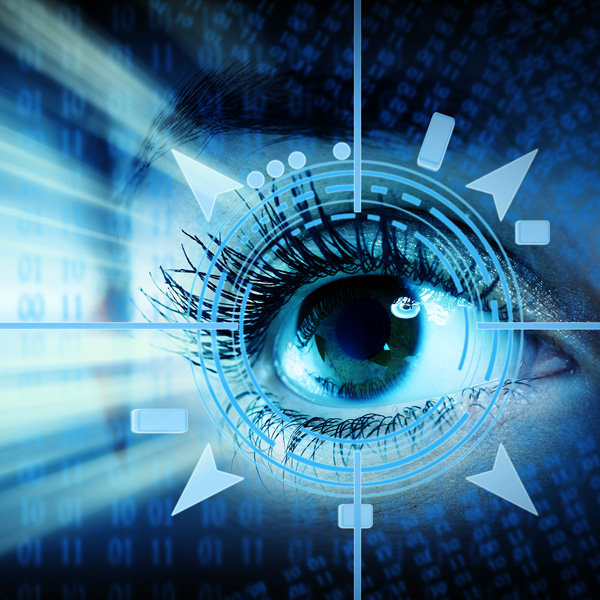
Are screen glasses with blue light filters of no use at all?
Screen glasses with blue light filters, which are recommended for working on a PC, would allegedly not offer much added value. This is the result
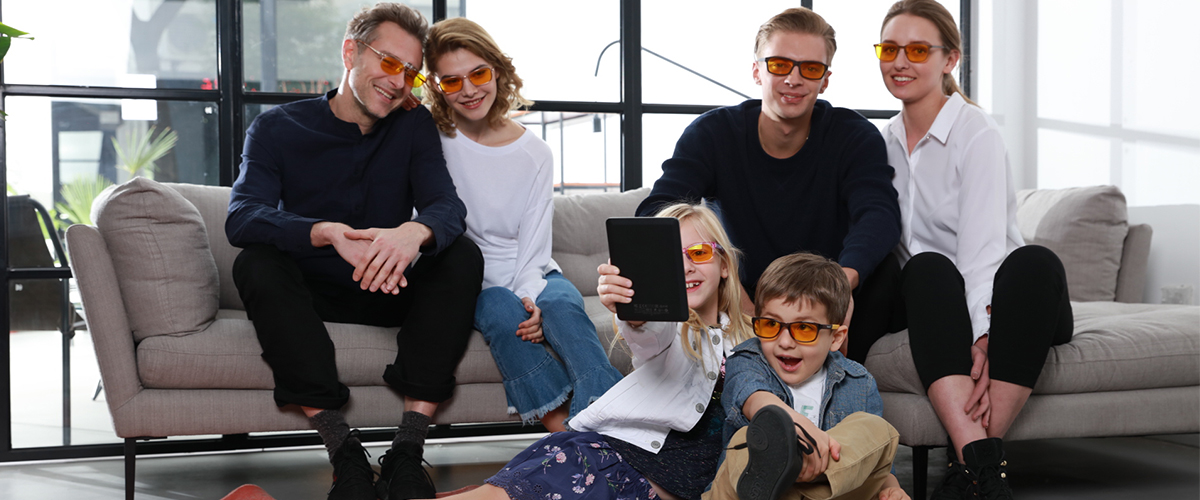
New studies show a connection between blue light and the development of cataracts.
In today’s digital era, we are constantly surrounded by screens and modern light sources that emit a high proportion of blue light. At the same time, we are spending more and more time indoors, which means that our eyes are increasingly exposed to so-called blue light or High Energy Visible (HEV) light.
This development has an impact on our health, both in terms of our sleep and our eyes.
The importance of suitable blue light protection varies according to age. Children, adults and older people have different needs and risks in terms of blue light exposure and protection.
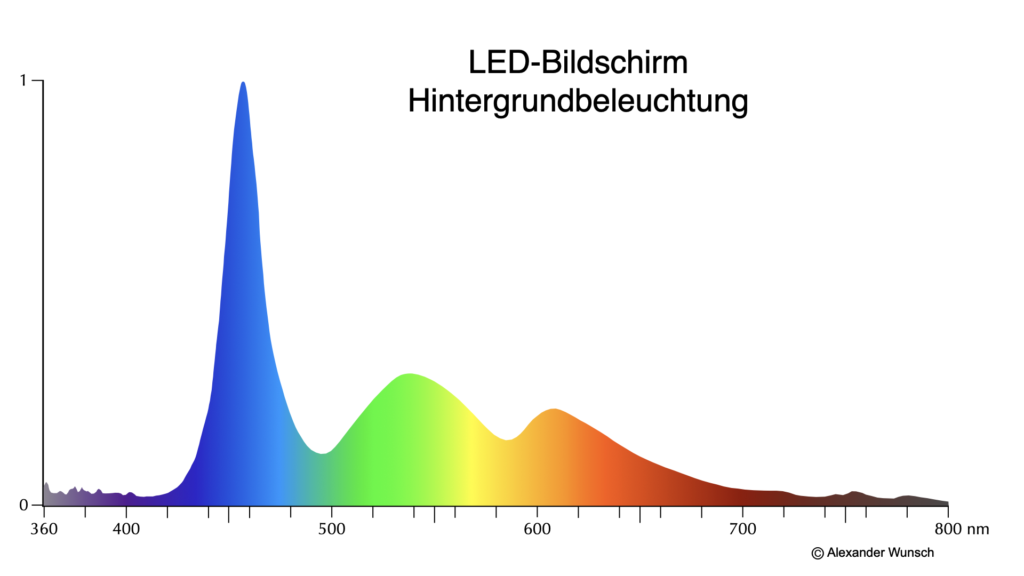
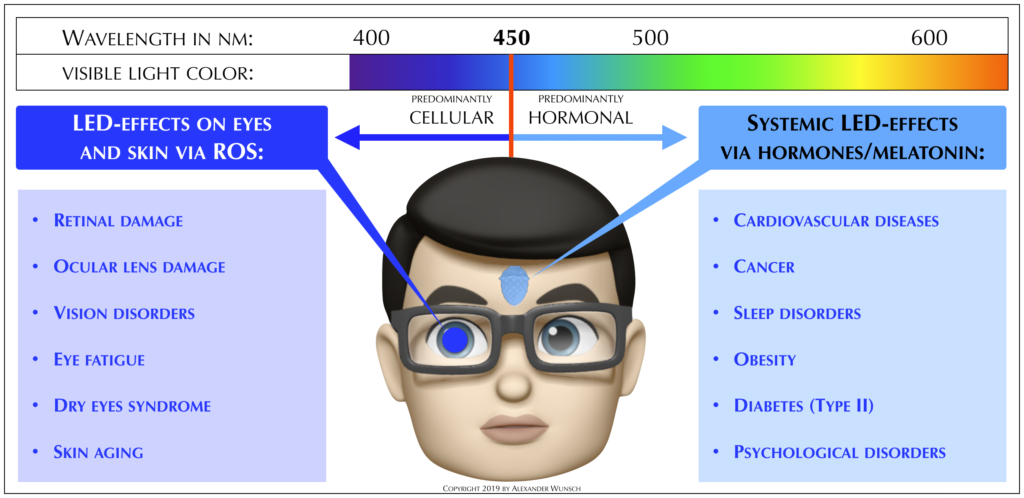
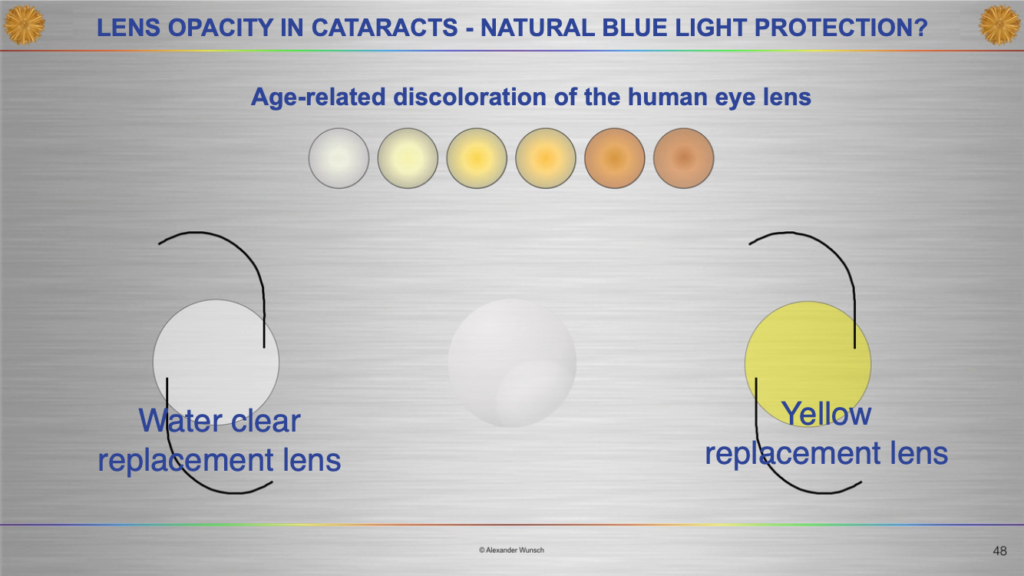
When a water-clear replacement lens is implanted, efficient blue light protection is particularly important, because in such a case the protection of the retina by the yellow discolored own eye lens falls away, so that through the implanted water-clear lens the HEV light hits the retina, which has become almost unprotected, unhindered and can form increased oxygen radicals there and cause oxidative stress. The most effective measure to prevent this is the use of powerful blue light protection in the form of eyeglasses with appropriately tinted lenses.
New study results on the development of cararacts:
A study from 2021 (University of Madrid) shows a connection between blue light, which suppresses melatonin production in the lens of the eye, and the development of cataracts. Exposure to a yellow filter reduces melatonin secretion in the lens of the eye, protecting cells from oxidative damage, which is a major event in the development of cataracts.
The use of blue light filters is therefore an effective approach to prevent premature clouding of the eye lens.
Interested parties can find a summary of the study “Modulation of aqueous humor melatonin levels by yellow-filter and its protective effect on lens” here:
https://www.sciencedirect.com/science/article/abs/pii/S1011134421001275
Buy your blue light filter glasses here:
www.innovative-eyewear.shop
Source article: September 2023, Dr. med. Alexander Wunsch

Screen glasses with blue light filters, which are recommended for working on a PC, would allegedly not offer much added value. This is the result

The PRiSMA® BluelightProtect LiTE95 filter glasses can be described as the UNIVERSAL filter with a true 95% blue light filter rate in the 400 to
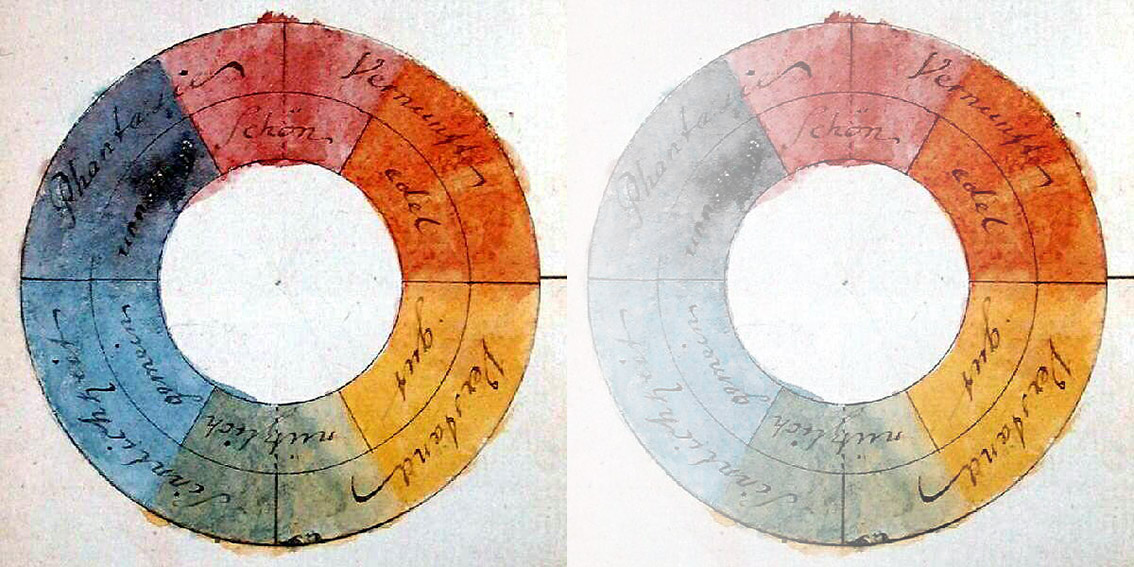
Unsere Welt ist voller Farben. The light of the sun consists of radiation of different wavelengths, which we perceive as white light when they are
